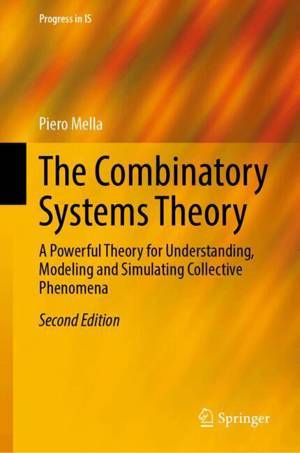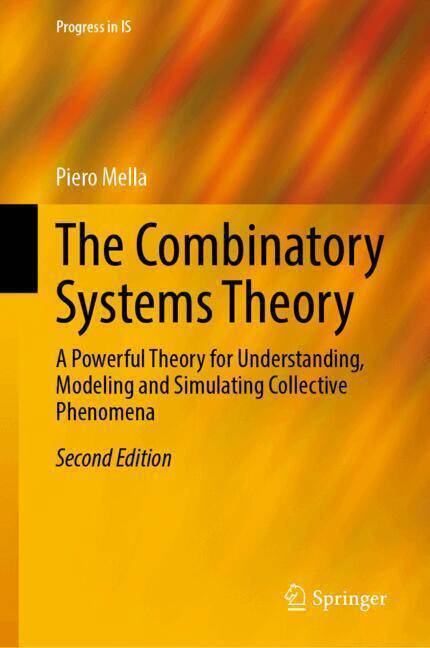
- Retrait gratuit dans votre magasin Club
- 7.000.000 titres dans notre catalogue
- Payer en toute sécurité
- Toujours un magasin près de chez vous
- Retrait gratuit dans votre magasin Club
- 7.000.0000 titres dans notre catalogue
- Payer en toute sécurité
- Toujours un magasin près de chez vous
The Combinatory Systems Theory
A Powerful Theory for Understanding, Modeling and Simulating Collective Phenomena
Piero MellaDescription
This book adopts the logic of Systems Thinking and Control Systems, presenting a simple but complete theory called the Theory of Combinatory Systems. This new theory describes, interprets, explains, and simulates collective phenomena and their observable effects. Such collective phenomena - many of which are "one way", non-repeatable or reproducible - can all be described and understood using the model, as simple as it is general, of combinatory systems; that is, systems formed by collectivities, or populations of non-connected and unorganized individuals of some species, which appear to be directed by an invisible hand that guides the analogous actions of similar individuals in order to produce an emerging collective phenomenon.
This edition includes enhanced theories such as an analysis of potential interactions between combinatory systems and their dynamics, highlighting the role of the environment in which such systems operate. It also includes new examples and enhanced figures that illustrate how combinatory systems are observed in social, biological and physical contexts.
Spécifications
Parties prenantes
- Auteur(s) :
- Editeur:
Contenu
- Nombre de pages :
- 381
- Langue:
- Anglais
- Collection :
Caractéristiques
- EAN:
- 9783031869457
- Date de parution :
- 26-05-25
- Format:
- Livre relié
- Format numérique:
- Genaaid
- Dimensions :
- 155 mm x 235 mm

Les avis
Nous publions uniquement les avis qui respectent les conditions requises. Consultez nos conditions pour les avis.






